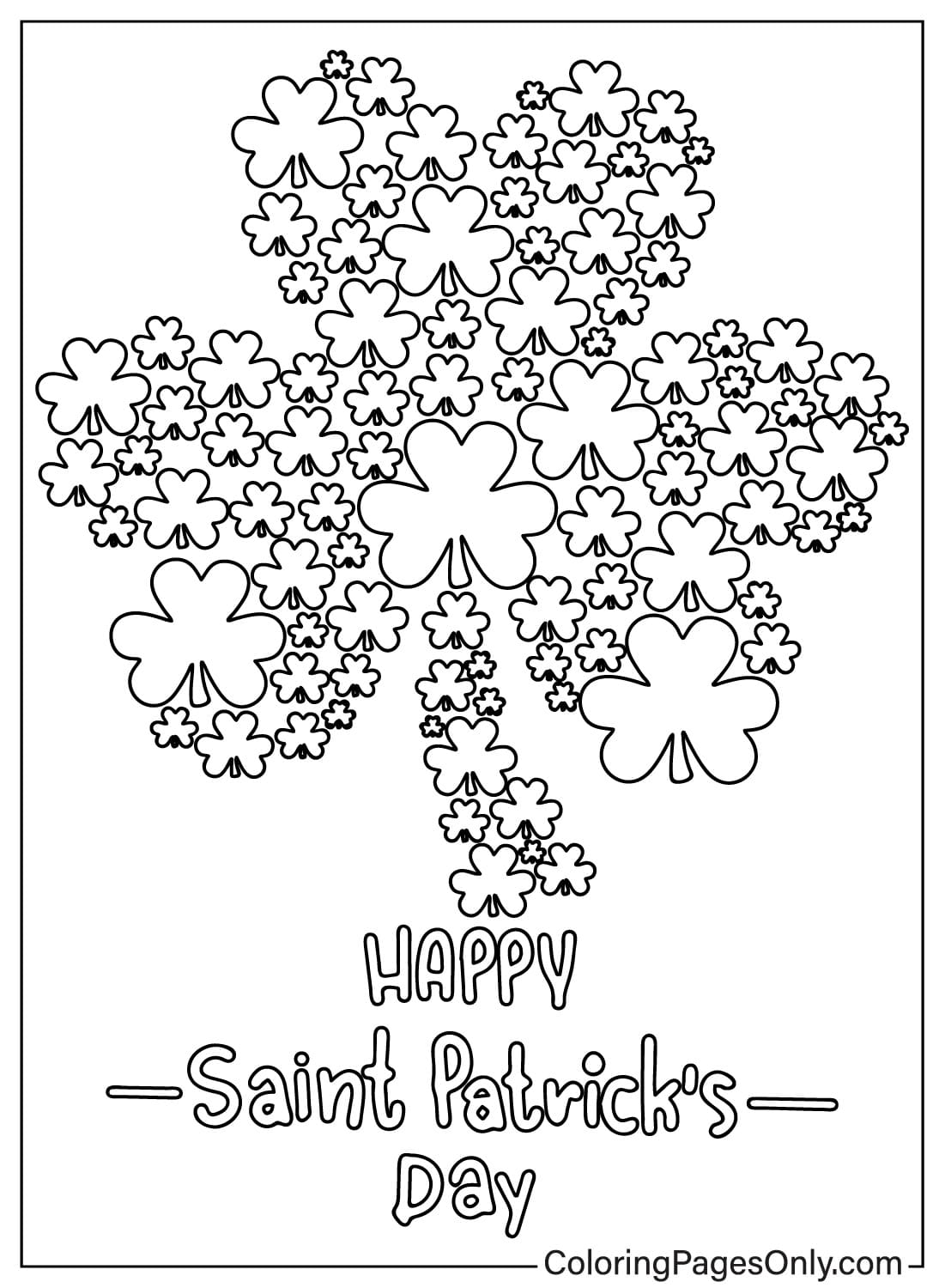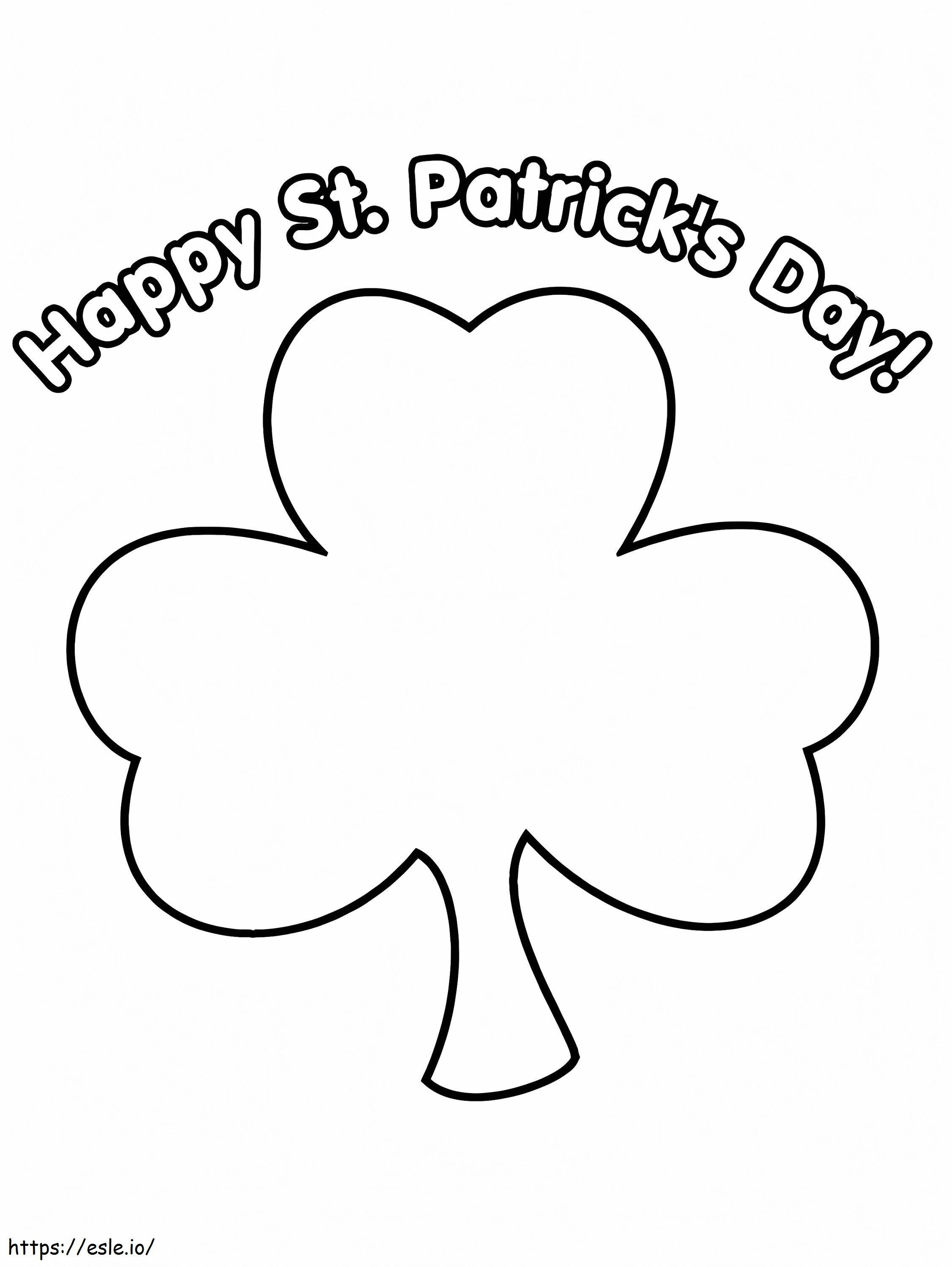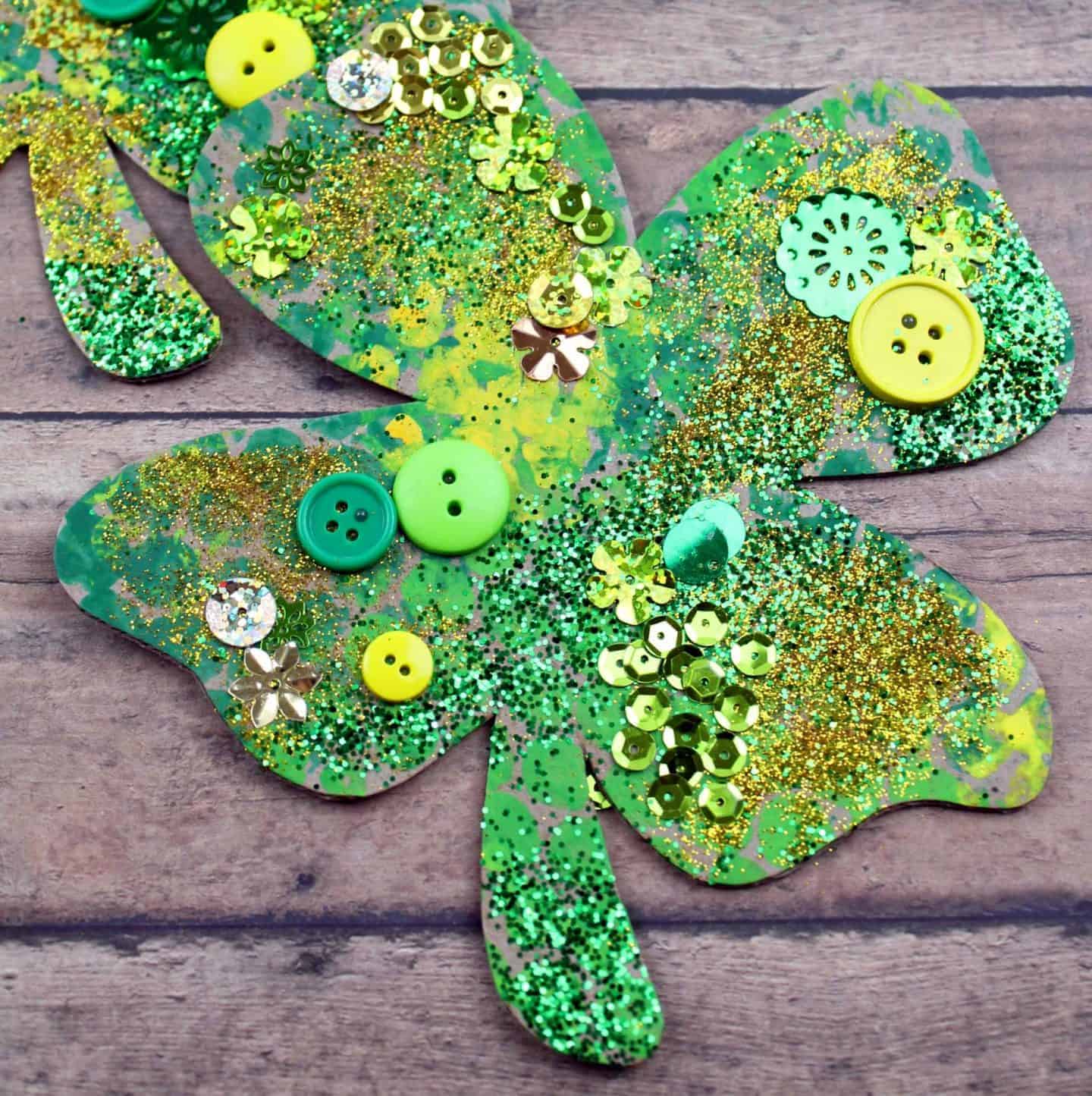Gallery
Photos from events, contest for the best costume, videos from master classes.
 |  |
 |  |
 |  |
 |  |
 |  |
 |  |
You’ll see it during St. Patrick’s Day parades where people wear shamrocks wave Irish flags. Now that you know the history of wearing green on St. Patrick’s Day, you can wear it with pride! How to celebrate the St. Patrick’s Day colors. It’s time to celebrate the St. Patrick’s Day colors now that you understand their meanings. However, the color blue was historically associated with the holiday as well. In the 18th century, green became the more commonly recognized color, while blue was often associated with the Anglo-Irish Order of St Patrick. What happens if you don’t wear green on St Patty’s day? If you don’t wear green on St Patrick’s Day, you may be at So, if you want to be historically accurate, you could wear blue on St. Patrick’s Day. However, in modern times, green has become the dominant color associated with this holiday. While the color green is most commonly associated with St. Patrick’s Day, wearing red can be a way to stand out or to simply express personal style. T hey say the whole world is Irish on St. Patrick's Day! Or at least, the whole world adopts a certain version of Irish culture. Every March 17, we break out our green clothing and jewelry, wear It honors St. Patrick, the patron saint of Ireland, and has become a commemoration of Irish culture and heritage worldwide. Many people celebrate by wearing green clothing and accessories, since green is the color associated with Ireland and St. Patrick. However, some people also choose to wear red on St. Patrick’s Day. Study with Quizlet and memorize flashcards containing terms like What color do people wear on St. Patrick's day?, Where do leprechauns hide a pot of gold?, What job did leprechauns have, according to legend? and more. These days leprechauns are everywhere in popular culture, even when it's not St. Patrick's Day. And though they originate in Irish folklore, they're particularly well known in the U.S. where leprechauns represent everything from Lucky Charms breakfast cereal to sports teams in the logo of the NBA's Boston Celtics and in the sports mascot of the University of Notre Dame Fighting Irish. July 4 has red, white, and blue. Halloween is all about orange and black. It feels obvious that St. Patrick’s Day is all about the green, but if you’re dressing up your child for an in-school Even if you’re not a big believer in Irish mythology, it’s not uncommon for people to pinch those that forget to wear green clothing on St Patrick’s Day, reminding them of what a leprechaun would do should they cross paths. Saint Patrick’s Day is celebrated each year on March 17 in remembrance of the Patron Saint of Ireland. It was initially created by the Roman Catholic Church in Ireland as a holy day of obligation, however, this holiday is also widely celebrated as a secular celebration of the Irish culture. The shamrock’s association to the The Irish government didn’t recognize St. Patrick’s Day as a public holiday until 1903, and the first parade in Dublin wasn’t held until 1931. Even pubs remained closed on March 17 until 1961. St. Patrick’s Day usually conjures images of partying, Catholicism, Irish nationalism and, perhaps most famously, the color green: green clothes, green shamrocks, green beer and green rivers. What Is St Patrick's Day? St. Patrick’s Day is a yearly tradition that pays tribute to St. Patrick, the patron saint of Ireland. Observed every March 17, it started as a religious holiday and has grown into a global event filled with parades, green attire, and Irish pride. The day commemorates the introduction of Christianity to Ireland and 2. What happens if you don’t wear green on St. Patrick’s Day? Legend says leprechauns will sneak up and give you a pinch! Of course, it’s all in good fun—unless someone takes it a little too far. (Boundaries, people!)bably). 3. Can I wear other colors on St. Patrick’s Day? Absolutely! Green pairs beautifully with neutrals like navy St. Patrick's Day Jeopardy No teams 1 team 2 teams 3 teams 4 teams 5 teams 6 teams 7 teams 8 teams 9 teams 10 teams Custom Press F11 Select menu option View > Enter Fullscreen for full-screen mode If you don't wear green on St. Patrick's Day, you may be pinched as a playful tradition. Green is associated with the holiday as it is the color of Ireland and is believed to bring good luck. The Ultimate Guide to St. Patrick’s Day Colors: What Not to Wear. So, you’re prepping for St. Patrick’s Day and want to avoid a fashion faux pas (or worse, a pinch from a mischievous leprechaun!). The answer, according to tradition and a touch of historical context, is: you should probably avoid wearing orange on St. Patrick’s Day The traditional celebration of St Patrick’s Day started off as a religious feast day to celebrate his death on March 17th 461AD. The first parade was held in Boston in 1737. It wasn’t until 1762 when Irish soldiers serving in the British Army marched through New York City that the parade became an annual tradition. Nothing happens. Actually green was not the original color for St. Patrick's day. It was blue and if you are in Ireland if you are Catholic you wear green, but if you are Protestant you wear From festive makeup to handy accessories: What to wear on St Patrick’s Day if you don’t have any green. St Patrick’s Day has been celebrated on 17 March since 1631
Articles and news, personal stories, interviews with experts.
Photos from events, contest for the best costume, videos from master classes.
 |  |
 |  |
 |  |
 |  |
 |  |
 |  |